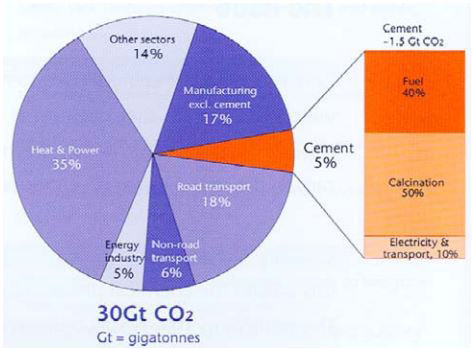Eco-Mechanics of Robust and High Performance Concrete
Polytechnic University of Turin
Problems
A durable, efficient and effective infrastructure system is fundamental to economic prosperity, social justice, political stability and quality of human life. There is, however, massive and growing evidence that the current infrastructure systems, even in the most developed countries, are deteriorating or cannot satisfy the basic requirements. In addition, construction industry is nowadays facing new challenges, such as sustainability arising from global worming. Surprisingly, infrastructure crisis occurs in spite of the tremendous advances that have been made in last years. Specifically, in the field of concrete construction, it is possible to achieve higher strength and larger ductility both in tension and compression, to tailor eco‐ friendly composites, to increase the robustness against accidental events, etc. Nevertheless, all these properties of concrete, which mainly involve mechanical aspects, are separately investigated and, therefore, not entirely applicable in real constructions.
Approach
A new holistic approach, focusing on strength, ductility, durability, and environmental sustainability has been introduced in the field of concrete materials. The aim is to develop a large number of tailor‐made and innovative cement‐based composites. They can be used in a wide range of applications, not only in new constructions, but also in the regeneration and reconstruction of existing infrastructures. Thus, it comes as no surprise to introduce, for instance, the so‐ called eco‐mechanical indexes (ECOMEX) in place of the classical life cycle assessment of concrete structures. Indeed, new indexes, based on both mechanical and environmental performances, can be effectively used to tailor a new generation of sustainable concretes, capable of maintaining acceptable mechanical properties with a reduced amount of cement.

Findings
A number of recent investigations have proved that the holistic approach is both relevant and successful. Specifically, new eco‐mechanical indexes have been introduced to compare the performance of different type of self‐compacting concrete (SCC). With respect to a traditional normal vibrated concrete (NVC), the reduction of cement content reduces the strength of SCC, without altering the post peak response. Conversely, by substituting the cement with mineral additives, such as fly ashes and silica fumes, SCC shows the same strength of a NVC, even if a more brittle failure can occur. In the case of very brittle SCC, fracture toughness in compression can be enhanced by adding steel fibers. If mineral additives and fiber‐reinforcement are properly combined, a new class of SCC, having the mechanical performances of a NVC but a reduced environmental impact and a better durability, can be introduced. According to the holistic approach, all the performances of concrete can be measured with a ratio between the quantity of CO2 released by the production of cement and fibers, and the basic mechanical performances (strength and/or ductility).
Impact
Concrete and cement based composites are widely recognized as the only materials that will satisfy the need for basic infrastructures facilities. Using concretes with the lowest eco‐mechanical index can be the way to achieve a sustainable growth of the cement/concrete industry. The proposed holistic approach has high potential impact in a large number of civil and structural engineering sectors. And, according to Al Gore, can bring construction industry to unprecedented opportunities, which "include not only just new job and new profits, but also the chance to experience what very few generations in the history had the privilege of knowing: the opportunity to rise".
Core competencies
- Mechanics of concrete structures
- High performance concrete
- Sustainability of concrete structures
- Fiber‐reinforced concrete
- Recycled aggregate concrete
- Robustness of concrete structures
- Mechanical response to fire
Current research team members
- Bernardino Chiaia – Professor of Structural Mechanics.
- Alessandro P. Fantilli – ASsistant Professor of Structural Mechanics.
- Giulio Ventura – Associate Professor of Structural Mechanics.
- Valerio De Biagi – Ph.D student.
- Luca Placidi – Assistant Professor of Structural Mechanics.
Former members
- Dr. Paolo Vallini – now, Associate Professor of Structural Mechanics.
- Dr. Enrico Masoero – now PostDoc in the CSHub@MIT.
Current research collaborations
- Cemex – research activity in the field of design of fiber-reinforced cementbased materials for engineers.
- Bekaert – Application of fiberreinforced concrete to cast-in-situ and precast tunnel lining.
- Tohoku University – numerical and experimental investigations.


